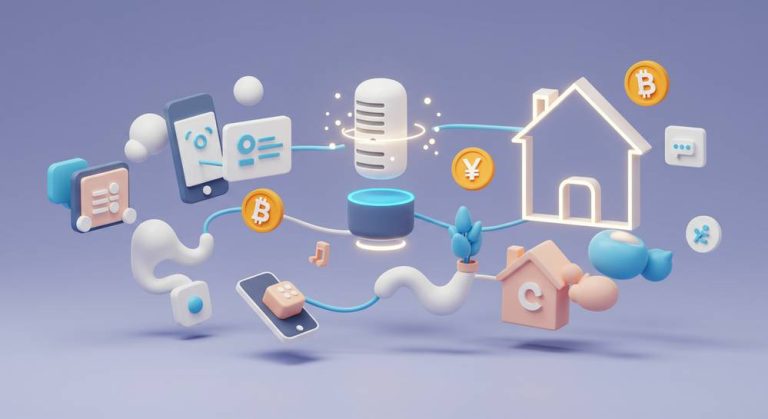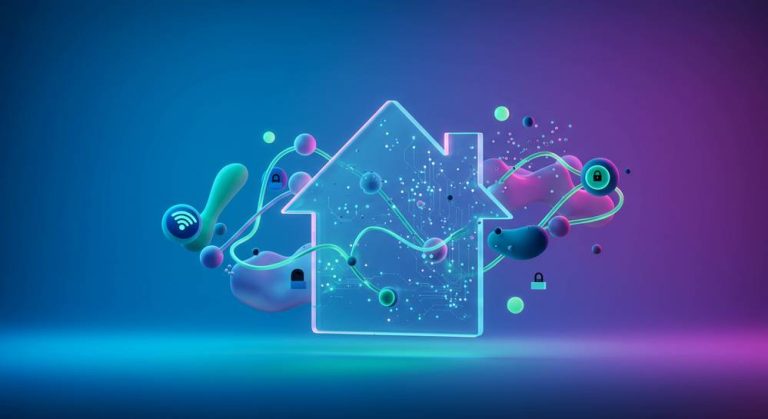In today’s hyper-connected world, a slow internet connection can hinder productivity and entertainment. As smart homes and demanding online activities like 4K streaming, gaming, and remote work become standard, robust connectivity is essential. Understanding your options for internet speed upgrades for homes is crucial for any modern household. This guide will help you navigate the steps and considerations to transform your online experience, ensuring you stay ahead in the digital age.
Why Modern Homes Demand Faster Internet Speeds
The digital landscape has dramatically evolved, pushing the boundaries of what home internet connections must deliver. From simultaneous 4K video streams to lag-free online gaming and efficient video conferencing, demands on your home network are constantly increasing. A sluggish internet connection no longer merely inconveniences; it actively hinders daily life. Understanding these escalating requirements is the first step toward appreciating significant internet speed upgrades for homes.
The Rise of Bandwidth-Hungry Activities
Modern applications and devices consume more data than ever. Consider these common scenarios that necessitate robust connectivity:
- High-Definition Streaming: Multiple 4K content streams demand 25 Mbps each, quickly saturating slower connections.
- Online Gaming: Requires ultra-low latency for a smooth, competitive experience, beyond just high download speeds.
- Remote Work and Learning: Stable video calls, large cloud file transfers, and collaborative tools are now daily essentials.
- Smart Home Devices: An expanding ecosystem of IoT devices, from security cameras to smart appliances, constantly adds to network traffic. This highlights the need for a robust smart home IoT infrastructure.
Ignoring these escalating needs leads to frustration and missed opportunities. A proactive upgrade ensures your home is future-ready for seamless digital living.
Assessing Your Current Internet Performance and Needs

Before pursuing internet speed upgrades for homes, accurately assess your current connection. Many users misdiagnose slow internet, often blaming the provider. This initial assessment identifies if your plan is inadequate or if internal network issues are the real culprit. Understanding these factors ensures effective upgrades.
Running a Reliable Speed Test
For accurate readings, connect your computer directly to your router via Ethernet. Temporarily disconnect other devices to prevent skewed results. Use reputable speed test websites, repeating tests at various times. Record download, upload speeds, and latency (ping), vital for gaming and video calls.
Evaluating Your Household’s Bandwidth Needs
Determine your household’s true bandwidth by considering simultaneous activities. Each online task consumes specific data:
- Basic Browsing/Email: 1-5 Mbps per user.
- HD Streaming (1080p): 5-8 Mbps per stream.
- 4K Streaming: 25 Mbps per stream.
- Online Gaming: 10-25 Mbps (download), 1-5 Mbps (upload), low ping.
- Video Conferencing: 10-20 Mbps (download and upload).
Summing these peak requirements reveals the minimum speed for a seamless experience, guiding effective internet speed upgrades for homes.
Practical Steps to Upgrade Your Home Internet Speed

After assessing your internet needs, the next step is implementing effective undefined. This requires a two-pronged strategy: enhancing your Internet Service Provider (ISP) plan and optimizing your home networking equipment. A holistic approach ensures every component supports your desired, faster connection without creating bottlenecks.
ISP Plans, Hardware, and Network Optimization
First, contact your ISP about faster plans, especially fiber optic availability. Compare offerings from different providers for competitive pricing. Next, evaluate your hardware. An outdated modem or router will bottleneck new speeds. Upgrade to a DOCSIS 3.1 modem for gigabit cable. A Wi-Fi 6 (802.11ax) router or a mesh Wi-Fi system significantly improves capacity and coverage for larger homes. Finally, optimize your internal network by placing the router centrally, using Ethernet for stationary devices, and regularly updating firmware. These steps ensure maximum speed and reliability.
Maximizing Your New Speed and Long-Term Considerations

Achieving faster internet speeds is merely the first step; maintaining and maximizing that performance demands ongoing attention. Even after significant internet speed upgrades for homes, various factors can influence your real-world experience. Understanding these elements ensures continuous benefits from your investment and prepares your home network for future technological advancements.
Sustained Optimization and Monitoring
Regularly perform speed tests to verify you receive advertised speeds. Contact your Internet Service Provider if discrepancies arise. Periodically review your network for unnecessary devices or bandwidth-hungry applications. Many modern routers offer Quality of Service (QoS) settings, allowing you to prioritize traffic for critical tasks like video conferencing or online gaming.
Security and Software Impacts
Malware, viruses, and outdated software can severely degrade internet performance. Ensure all devices have up-to-date antivirus protection and regularly patched operating systems. A compromised device can covertly consume bandwidth or throttle your entire connection. Actively manage resource-heavy browser extensions and background applications to free up valuable network resources.
Future-Proofing Your Home Network
As technology rapidly evolves, so will internet speed requirements. Keep an eye on emerging standards like Wi-Fi 7 and the increasing availability of multi-gigabit fiber connections. While current internet speed upgrades for homes provide substantial benefits, awareness of future trends allows for strategic planning of subsequent enhancements. Investing in modular, easily upgradeable networking equipment offers a cost-effective path to staying current.
Upgrading your home internet speed is more than just getting a faster connection; it’s an investment in a seamless, efficient, and enjoyable digital lifestyle. From supporting multiple high-bandwidth activities to enhancing remote work and entertainment, a robust internet connection is the backbone of the modern home. By carefully assessing your needs, choosing the right ISP plan, upgrading hardware, and optimizing your network, you can unlock the full potential of your online experience. Embrace the future of connectivity with enhanced speed and reliability. For more insights into optimizing your digital living, visit Future Home Fixtures.












